Home>Furniture & Design>Bathroom Accessories>How To Size An Exhaust Fan
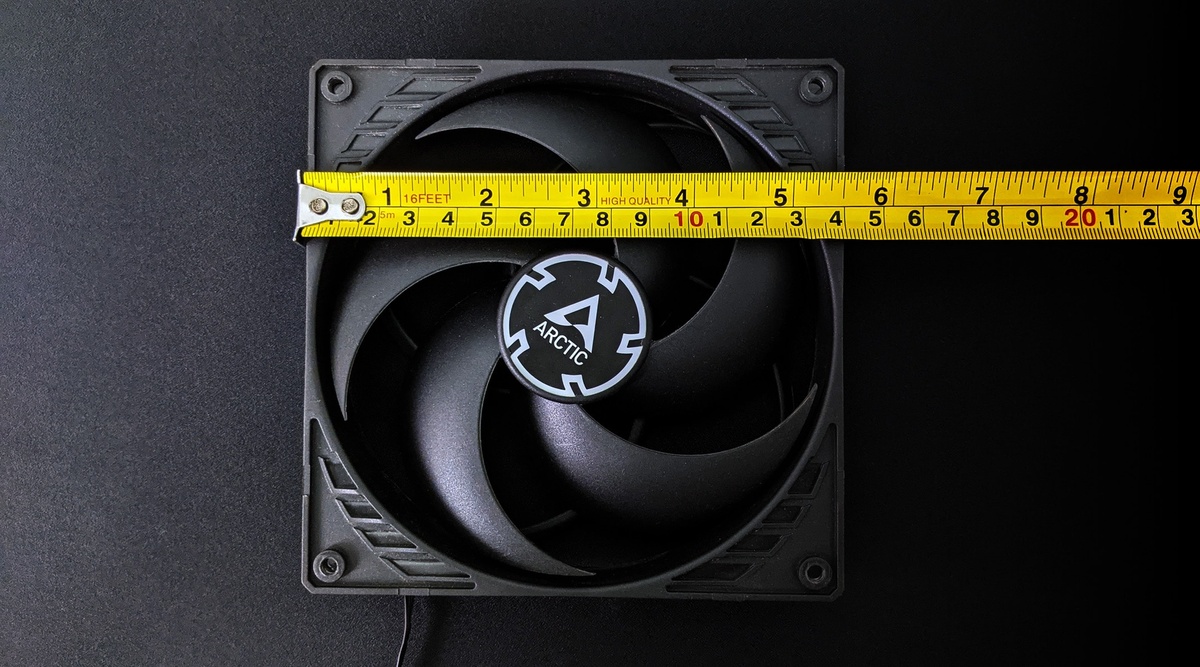

Bathroom Accessories
How To Size An Exhaust Fan
Modified: September 2, 2024
Learn how to properly size and install an exhaust fan for your bathroom with our expert guide. Find the right bathroom accessories for your ventilation needs.
(Many of the links in this article redirect to a specific reviewed product. Your purchase of these products through affiliate links helps to generate commission for Storables.com, at no extra cost. Learn more)
Introduction
When it comes to creating a comfortable and functional bathroom space, the importance of proper ventilation cannot be overstated. An exhaust fan plays a crucial role in maintaining air quality, preventing moisture buildup, and eliminating unpleasant odors. Whether you're renovating an existing bathroom or designing a new one, understanding how to size an exhaust fan is essential for ensuring optimal performance and a pleasant environment.
In this comprehensive guide, we will delve into the intricacies of sizing an exhaust fan for your bathroom. From understanding the airflow requirements to selecting the right fan and completing the installation process, we will cover each step in detail. By the end of this article, you will have the knowledge and confidence to effectively size and install an exhaust fan that meets the specific needs of your bathroom.
Proper ventilation is not only about comfort but also about maintaining the structural integrity of your home. Excessive moisture in the bathroom can lead to mold and mildew growth, which can cause damage to walls, ceilings, and fixtures. Moreover, inadequate ventilation can result in lingering odors and a stuffy atmosphere, detracting from the overall enjoyment of your bathroom space.
By taking the time to understand the principles of airflow and ventilation, you can create a bathroom environment that is not only inviting but also conducive to long-term structural integrity. So, let's embark on this journey to demystify the process of sizing an exhaust fan, empowering you to make informed decisions and enhance the functionality of your bathroom.
Key Takeaways:
- Properly sizing an exhaust fan for your bathroom is crucial for maintaining air quality, preventing moisture buildup, and eliminating unpleasant odors, ensuring a comfortable and inviting bathroom environment.
- Understanding the airflow requirements, calculating the room size, and selecting the right exhaust fan are essential steps in creating a well-ventilated and comfortable bathroom space.
Understanding the Airflow Requirements
Proper ventilation in a bathroom hinges on understanding the airflow requirements, which are determined by the size of the space and the specific needs of the occupants. The primary function of an exhaust fan is to remove stale air, moisture, and odors from the bathroom, creating a fresh and comfortable environment. To achieve this, it's essential to consider the air changes per hour (ACH) and the cubic feet per minute (CFM) rating of the fan.
The ACH refers to the number of times the air in the bathroom is replaced with fresh air within an hour. For a standard bathroom, the recommended ACH is 8, meaning the air should be completely exchanged 8 times per hour. This ensures efficient removal of moisture and odors, contributing to a healthier and more pleasant atmosphere.
In conjunction with ACH, the CFM rating of an exhaust fan is a critical factor in determining its effectiveness. CFM represents the volume of air that the fan can move in one minute. To calculate the required CFM for your bathroom, you can use a simple formula: multiply the bathroom's square footage by the ceiling height and then divide the result by 7.5 (the number of air changes per hour). This calculation provides a baseline CFM value, which can be adjusted based on specific factors such as the presence of a shower or bathtub.
Additionally, it's important to consider the noise level of the exhaust fan. While higher CFM ratings indicate greater air movement, they often correlate with increased noise. Therefore, striking a balance between airflow capacity and noise level is crucial to ensure a comfortable and unobtrusive ventilation system.
By comprehending the airflow requirements and the interplay between ACH, CFM, and noise levels, you can make informed decisions when selecting an exhaust fan for your bathroom. This understanding empowers you to create a well-ventilated space that promotes air quality, mitigates moisture-related issues, and enhances the overall comfort of your bathroom environment.
Calculating the Room Size
Calculating the room size is a fundamental step in the process of sizing an exhaust fan for your bathroom. The dimensions of the space directly influence the airflow requirements, which in turn dictate the appropriate CFM rating for the exhaust fan. By accurately determining the room size, you can ensure that the ventilation system effectively addresses the specific needs of your bathroom.
To begin, measure the length and width of the bathroom in feet. If the bathroom has an irregular shape, it's advisable to divide it into separate sections and measure each section individually. Once you have the measurements, multiply the length by the width to obtain the square footage of the bathroom. For instance, if the bathroom measures 8 feet by 10 feet, the total square footage would be 80 square feet.
Next, consider the height of the ceiling. Standard ceiling heights typically range from 8 to 10 feet. To calculate the room's volume, multiply the square footage by the ceiling height. For example, a bathroom with a square footage of 80 and a ceiling height of 9 feet would have a volume of 720 cubic feet (80 sq. ft. x 9 ft. = 720 cu. ft.).
Once you have determined the room's volume, you can proceed to calculate the required CFM for the exhaust fan. As mentioned earlier, a simple formula involves dividing the room's volume by 7.5, which represents the recommended air changes per hour. This calculation provides a baseline CFM value, indicating the minimum airflow capacity needed to maintain proper ventilation in the bathroom.
It's important to note that certain factors, such as the presence of a shower or bathtub, may necessitate adjustments to the calculated CFM. For bathrooms with a shower or tub, it's advisable to add 50 CFM to the baseline value to compensate for the additional moisture and steam generated during bathing activities.
By accurately calculating the room size and considering the specific features of your bathroom, you can determine the appropriate CFM rating for the exhaust fan. This tailored approach ensures that the ventilation system effectively addresses the airflow requirements, contributing to a well-ventilated and comfortable bathroom environment.
In summary, understanding the room size and its impact on ventilation requirements is essential for selecting an exhaust fan that aligns with the specific needs of your bathroom. This foundational knowledge empowers you to make informed decisions and optimize the functionality of your ventilation system.
Determining the Required CFM
Determining the required CFM (cubic feet per minute) for an exhaust fan is a pivotal step in the process of sizing an effective ventilation system for your bathroom. The CFM rating directly influences the fan's ability to remove stale air, moisture, and odors, thereby contributing to a fresh and comfortable environment. By understanding how to calculate the required CFM, you can ensure that the exhaust fan meets the specific airflow needs of your bathroom.
As mentioned earlier, a simple formula for calculating the required CFM involves dividing the room's volume by 7.5, which represents the recommended air changes per hour. This calculation provides a baseline CFM value, indicating the minimum airflow capacity needed to maintain proper ventilation in the bathroom. For example, a bathroom with a volume of 720 cubic feet would require a minimum CFM of 96 (720 cu. ft. / 7.5 = 96 CFM) to achieve 8 air changes per hour.
In addition to the baseline CFM calculation, it's important to consider specific factors that may necessitate adjustments to the required airflow capacity. For bathrooms with a shower or bathtub, the presence of additional moisture and steam generated during bathing activities warrants an increase in the CFM rating. In such cases, it's advisable to add 50 CFM to the baseline value to compensate for the heightened moisture levels. This adjustment ensures that the exhaust fan effectively addresses the increased airflow demands associated with showering or bathing, contributing to a well-ventilated and moisture-controlled environment.
Furthermore, if the bathroom features a toilet within a separate enclosed area, it's recommended to provide a minimum of 50 CFM for the enclosed toilet space. This dedicated ventilation helps to effectively remove odors and maintain air quality within the enclosed area, contributing to a more pleasant bathroom experience.
By accurately determining the required CFM and considering specific factors such as shower or bathtub usage and enclosed toilet spaces, you can tailor the ventilation system to meet the unique airflow needs of your bathroom. This personalized approach ensures that the exhaust fan effectively addresses moisture, odors, and air quality, contributing to a comfortable and inviting bathroom environment.
In summary, the process of determining the required CFM involves calculating the baseline airflow capacity based on the room's volume and making adjustments to account for specific factors such as shower or bathtub usage and enclosed toilet spaces. This tailored approach ensures that the exhaust fan is appropriately sized to meet the specific ventilation requirements of your bathroom, promoting air quality, moisture control, and overall comfort.
Selecting the Right Exhaust Fan
Selecting the right exhaust fan is a critical aspect of sizing a ventilation system for your bathroom. With a myriad of options available in the market, it's essential to consider various factors to ensure that the chosen fan effectively meets the specific airflow requirements and contributes to a comfortable and well-ventilated bathroom environment.
When evaluating exhaust fans, one of the primary considerations is the CFM rating. As determined in the previous steps, the required CFM is a key indicator of the fan's airflow capacity. It's important to select a fan with a CFM rating that aligns with the calculated airflow needs of your bathroom. Additionally, if your bathroom features a shower or bathtub, opting for a fan with a higher CFM to accommodate the increased moisture levels is advisable. This ensures that the fan can effectively remove excess humidity and maintain optimal air quality.
In addition to the CFM rating, noise level is another crucial factor to consider. While higher CFM ratings indicate greater airflow capacity, they often correlate with increased noise. Therefore, it's important to strike a balance between airflow performance and noise level to ensure a comfortable and unobtrusive ventilation system. Many exhaust fans are designed with noise-reduction features, such as insulated housings and low-noise motors, offering quieter operation without compromising on performance.
Furthermore, the size and design of the exhaust fan should complement the aesthetics of your bathroom. Whether you opt for a ceiling-mounted, wall-mounted, or inline exhaust fan, it's important to choose a style that seamlessly integrates with the overall decor and layout of the space. Additionally, considering energy-efficient models with features such as low power consumption and automatic shut-off timers can contribute to long-term cost savings and environmental sustainability.
When selecting an exhaust fan, it's also beneficial to explore additional features such as built-in lighting and humidity sensors. Fans equipped with integrated lighting provide dual functionality, illuminating the bathroom while simultaneously providing ventilation. Humidity-sensing fans automatically activate when moisture levels rise, ensuring proactive moisture control and enhanced air quality.
Ultimately, the right exhaust fan for your bathroom is one that aligns with the calculated CFM requirements, offers a balanced noise level, complements the aesthetic of the space, and potentially incorporates additional features to enhance functionality. By carefully considering these factors, you can select an exhaust fan that not only meets the ventilation needs of your bathroom but also contributes to a comfortable, inviting, and well-maintained environment.
Read more: What Is An Exhaust Fan
Installing the Exhaust Fan
Installing an exhaust fan is a crucial step in enhancing the ventilation and air quality of your bathroom. Proper installation ensures that the fan operates effectively, contributing to a comfortable and moisture-controlled environment. Whether you're replacing an existing fan or installing a new one, the process involves several key considerations to ensure a successful and functional outcome.
1. Location and Positioning
The first step in installing an exhaust fan is determining the optimal location for placement. Ideally, the fan should be positioned near the source of moisture, such as above the shower or bathtub, to efficiently remove steam and humidity. Additionally, ensuring that the fan is centrally located within the bathroom helps to achieve uniform air circulation and ventilation.
2. Accessing the Attic or Exterior
For ceiling-mounted exhaust fans, accessing the attic space above the bathroom is often necessary. This allows for the installation of ductwork to vent the fan to the exterior of the home. If the fan is wall-mounted, creating an opening to the exterior for venting is essential. Proper venting ensures that moisture and odors are effectively expelled outside, preventing potential issues such as mold growth and lingering odors.
3. Electrical Wiring
Before installing the fan, it's important to ensure that the electrical wiring is in place to power the unit. If you're replacing an existing fan, the electrical connections may already be established. However, for new installations, it's advisable to consult a qualified electrician to ensure that the wiring meets safety standards and local building codes.
Read more: How To Install An Exhaust Fan
4. Mounting the Fan
Once the location, venting, and electrical wiring are addressed, the fan can be mounted in place according to the manufacturer's instructions. Securely fastening the fan to the ceiling or wall ensures stability and proper functionality. It's essential to follow the provided guidelines for mounting to guarantee safe and effective operation.
5. Ductwork and Ventilation
Connecting the exhaust fan to the ductwork and venting it to the exterior completes the installation process. Properly sealing the connections and ensuring a clear pathway for airflow is vital to prevent air leaks and maximize the fan's efficiency. Additionally, installing a vent cap on the exterior of the home helps to protect the vent opening from weather elements and pests.
6. Testing and Adjustment
After the installation is complete, testing the fan to ensure proper operation is essential. This includes verifying that the fan effectively expels air to the exterior and assessing its noise level. If adjustments are needed, such as balancing the fan or addressing any noise issues, they should be promptly addressed to optimize the fan's performance.
By following these steps and adhering to the manufacturer's guidelines, you can successfully install an exhaust fan that contributes to a well-ventilated, moisture-controlled, and comfortable bathroom environment. Proper installation ensures that the fan operates effectively, promoting air quality and mitigating moisture-related issues, thereby enhancing the overall functionality and enjoyment of your bathroom space.
Conclusion
In conclusion, the process of sizing and installing an exhaust fan for your bathroom is a pivotal aspect of creating a comfortable, moisture-controlled, and inviting space. By understanding the airflow requirements, calculating the room size, determining the required CFM, selecting the right exhaust fan, and completing the installation process, you can effectively enhance the ventilation and air quality of your bathroom.
Proper ventilation is not only about maintaining a pleasant atmosphere but also about safeguarding the structural integrity of your home. Excessive moisture in the bathroom can lead to mold and mildew growth, which can cause damage to walls, ceilings, and fixtures. Moreover, inadequate ventilation can result in lingering odors and a stuffy atmosphere, detracting from the overall enjoyment of your bathroom space.
By comprehending the principles of airflow and ventilation, you can create a bathroom environment that is not only inviting but also conducive to long-term structural integrity. The calculated CFM value, tailored to the specific needs of your bathroom, ensures that the exhaust fan effectively removes stale air, moisture, and odors, contributing to a fresh and comfortable environment.
Selecting the right exhaust fan involves considering factors such as CFM rating, noise level, design, and additional features to ensure that the chosen fan aligns with the specific airflow requirements and contributes to a comfortable and well-ventilated bathroom environment. Furthermore, the installation process, encompassing location and positioning, venting, electrical wiring, mounting, ductwork, and testing, is essential for ensuring that the fan operates effectively and contributes to a moisture-controlled and comfortable bathroom environment.
In essence, the journey of sizing and installing an exhaust fan empowers you to make informed decisions and optimize the functionality of your ventilation system. By taking the time to understand the intricacies of ventilation and airflow, you can create a bathroom space that not only meets your specific needs but also promotes air quality, mitigates moisture-related issues, and enhances overall comfort.
Ultimately, the investment in a well-sized and properly installed exhaust fan is an investment in the comfort, functionality, and longevity of your bathroom space. It contributes to a healthier and more pleasant atmosphere, ensuring that your bathroom remains a welcoming and enjoyable part of your home for years to come.
Frequently Asked Questions about How To Size An Exhaust Fan
Was this page helpful?
At Storables.com, we guarantee accurate and reliable information. Our content, validated by Expert Board Contributors, is crafted following stringent Editorial Policies. We're committed to providing you with well-researched, expert-backed insights for all your informational needs.
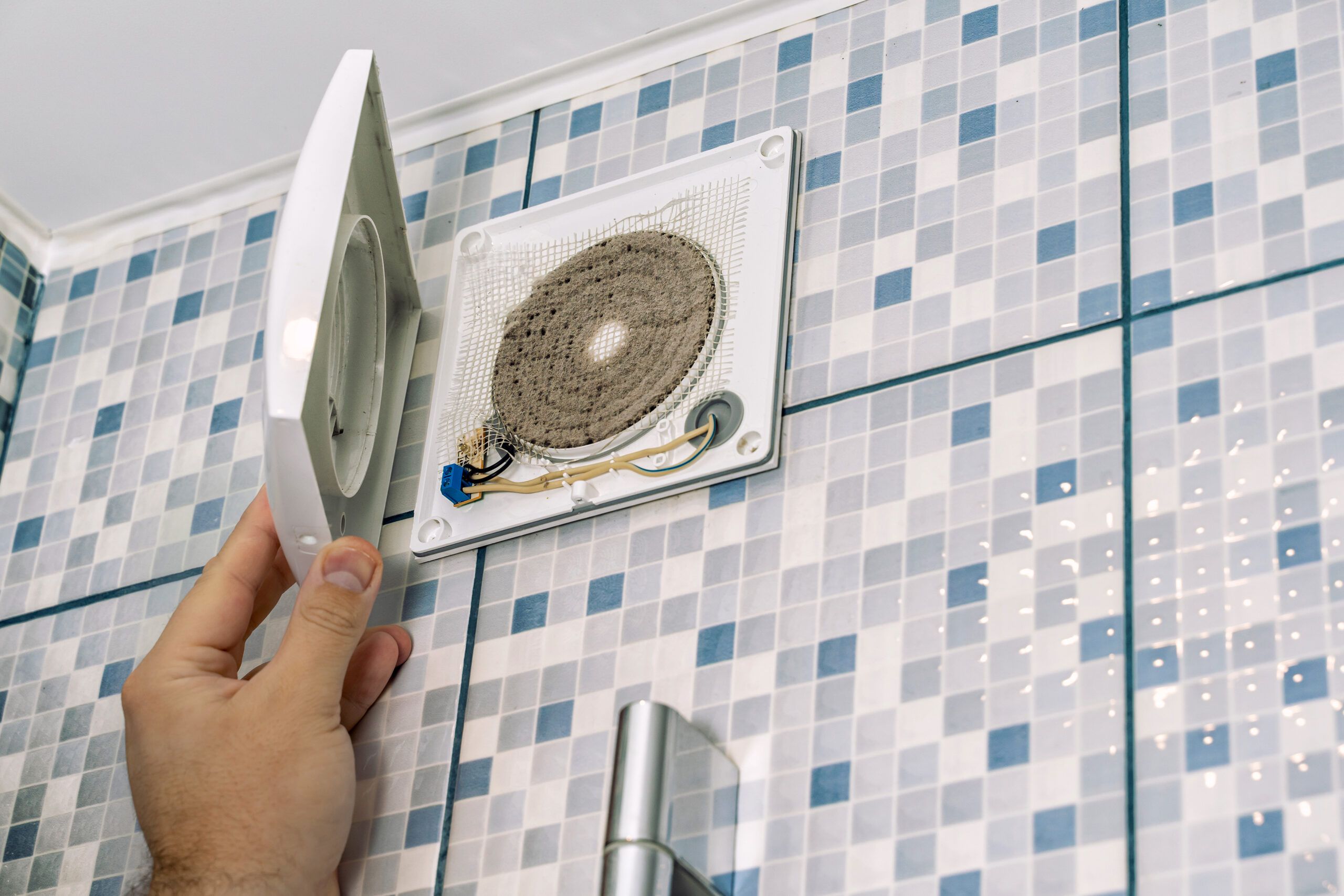
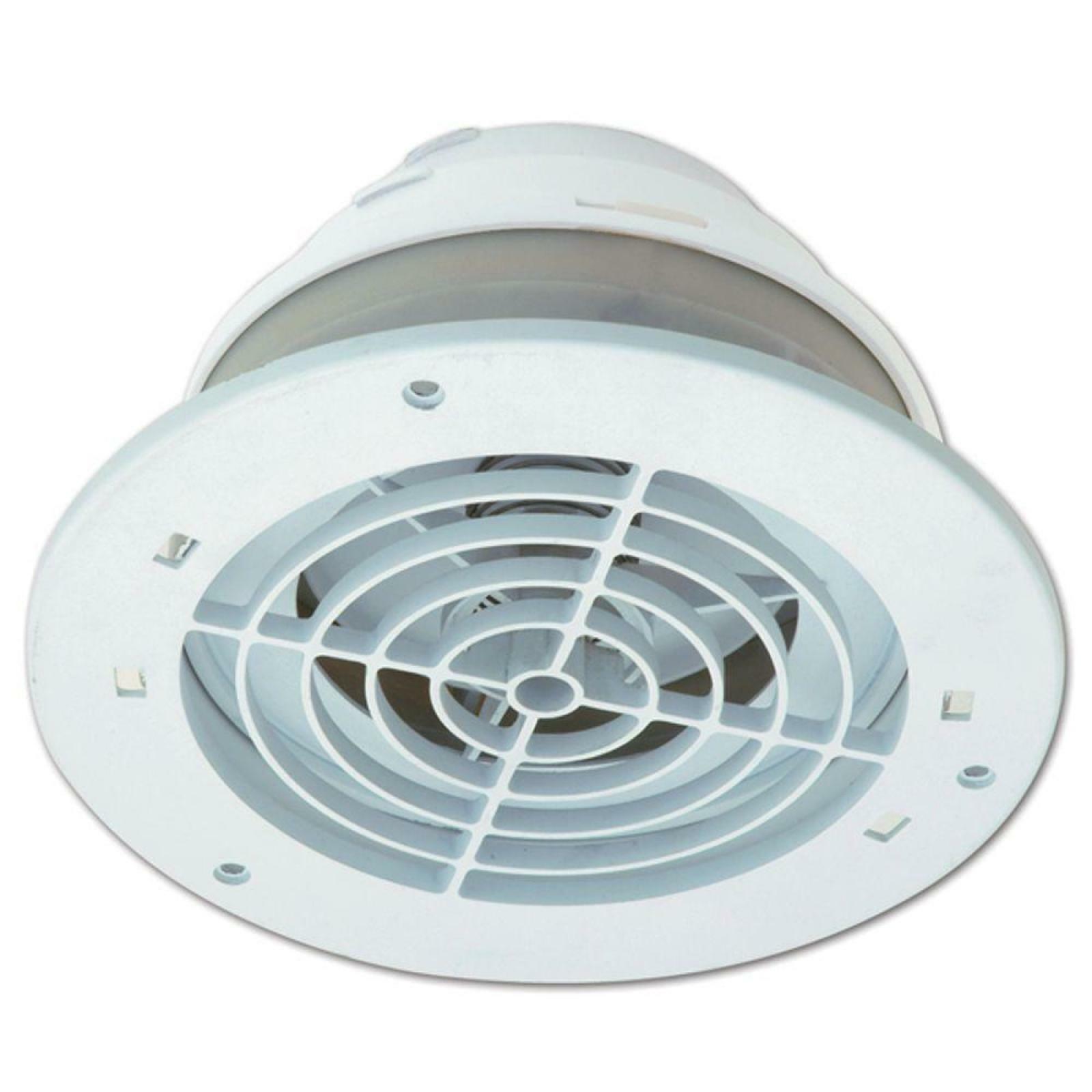
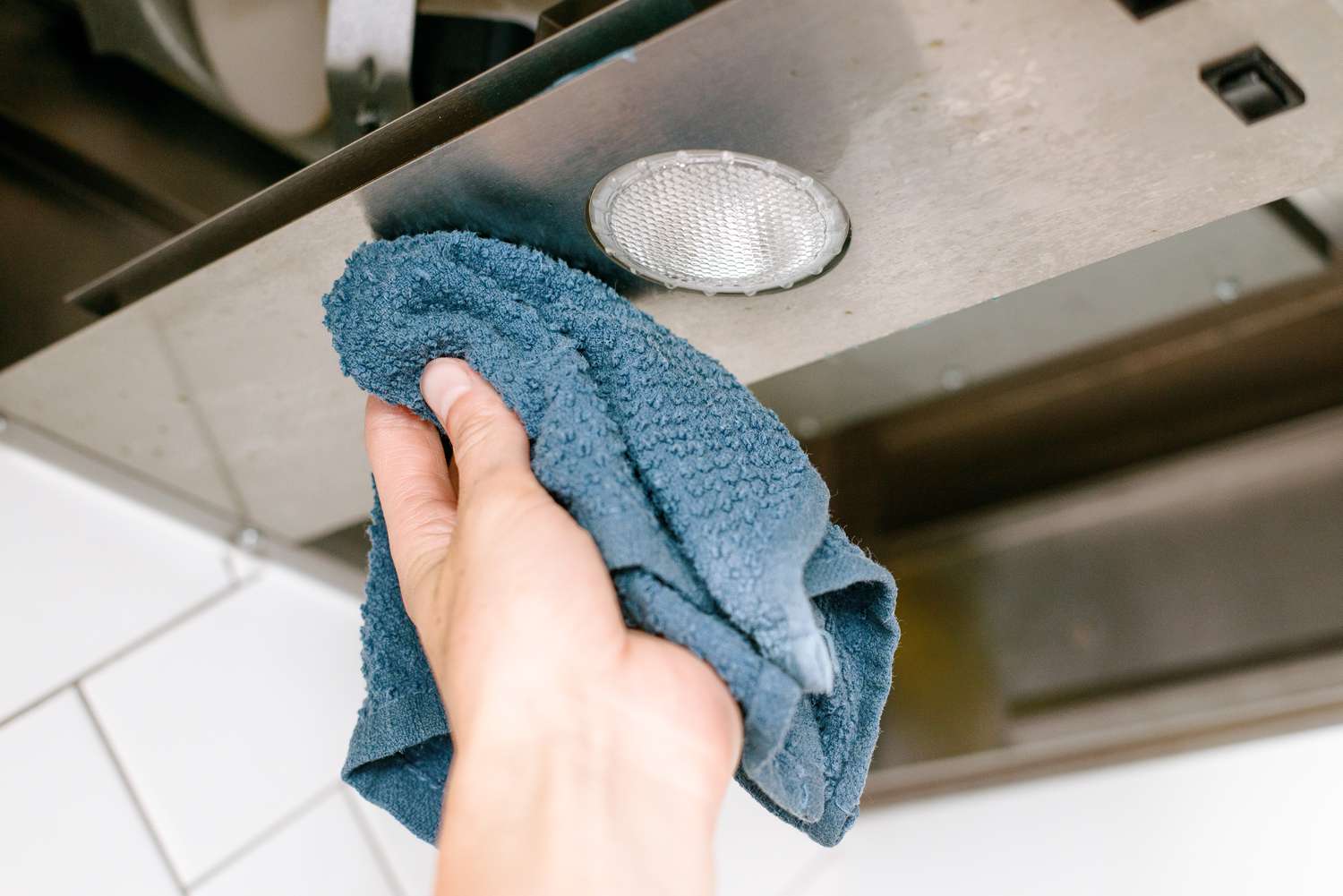
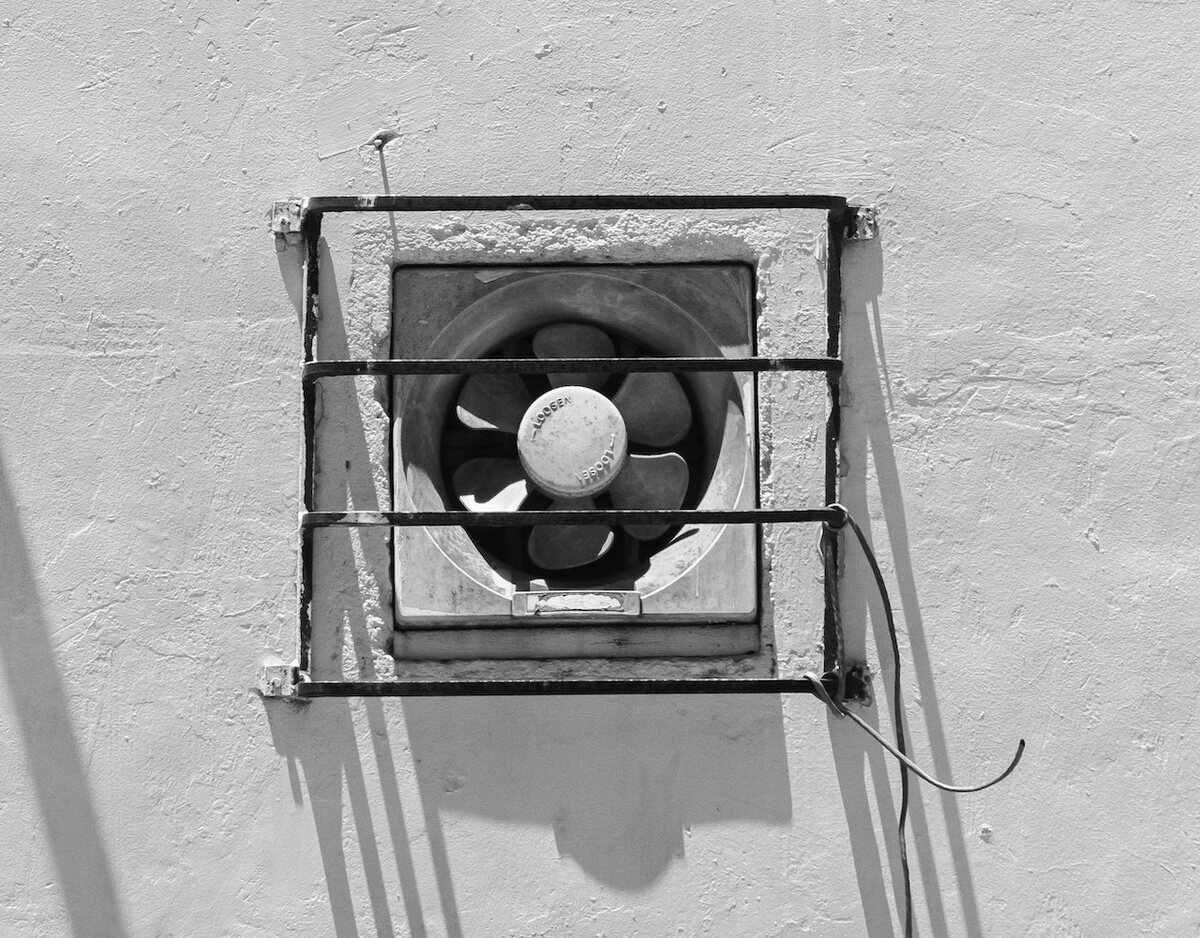

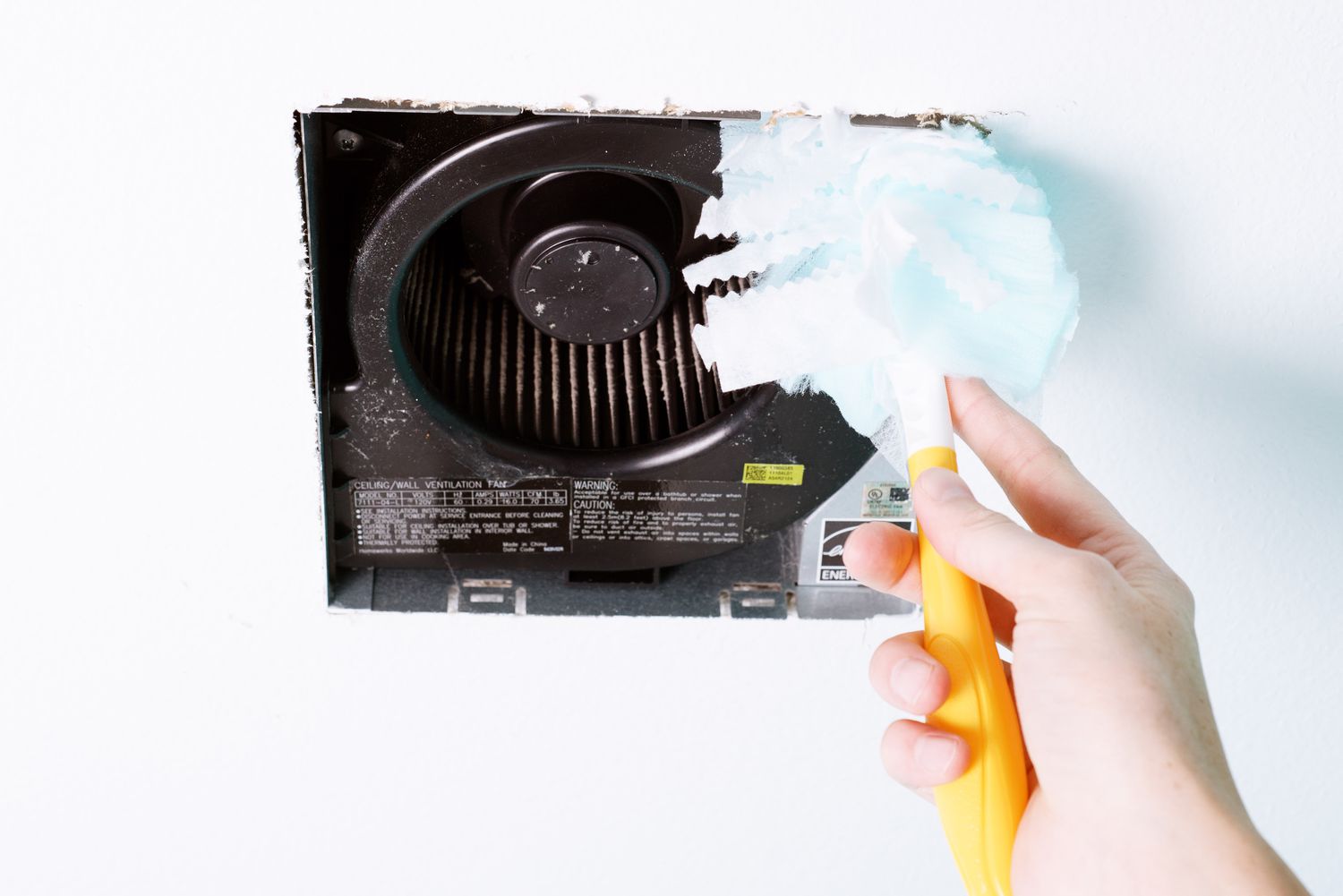
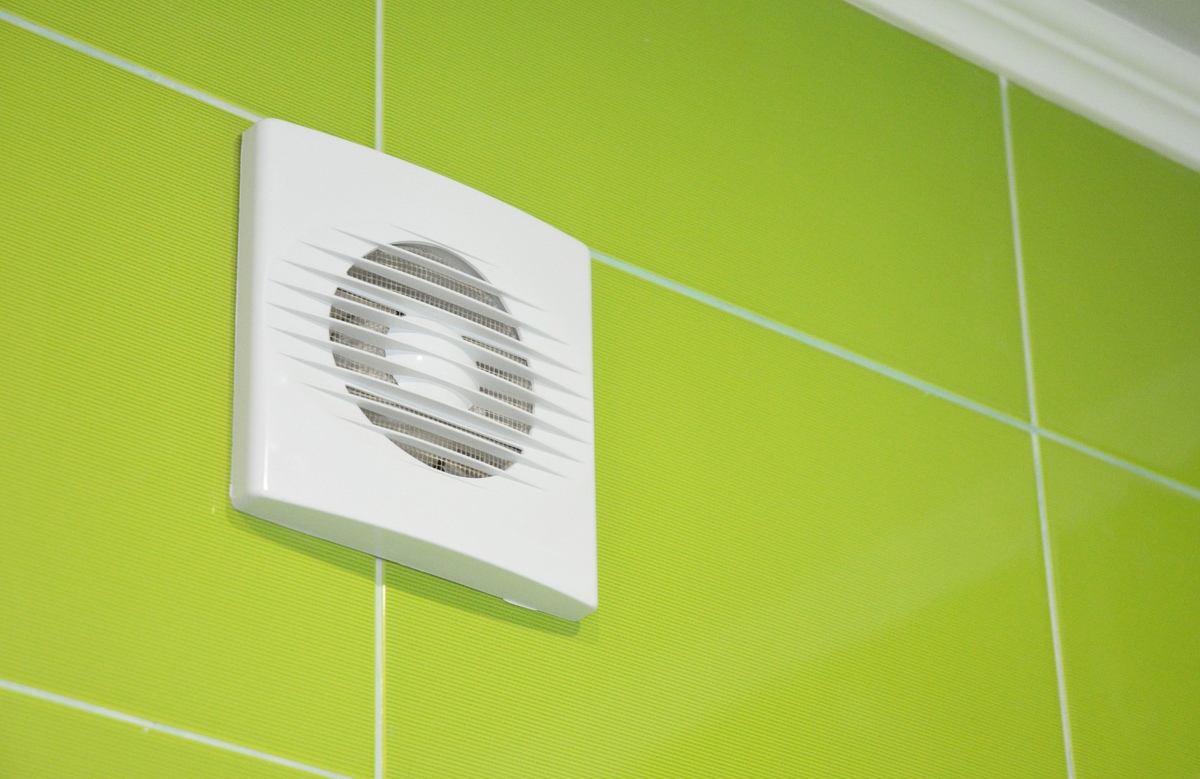
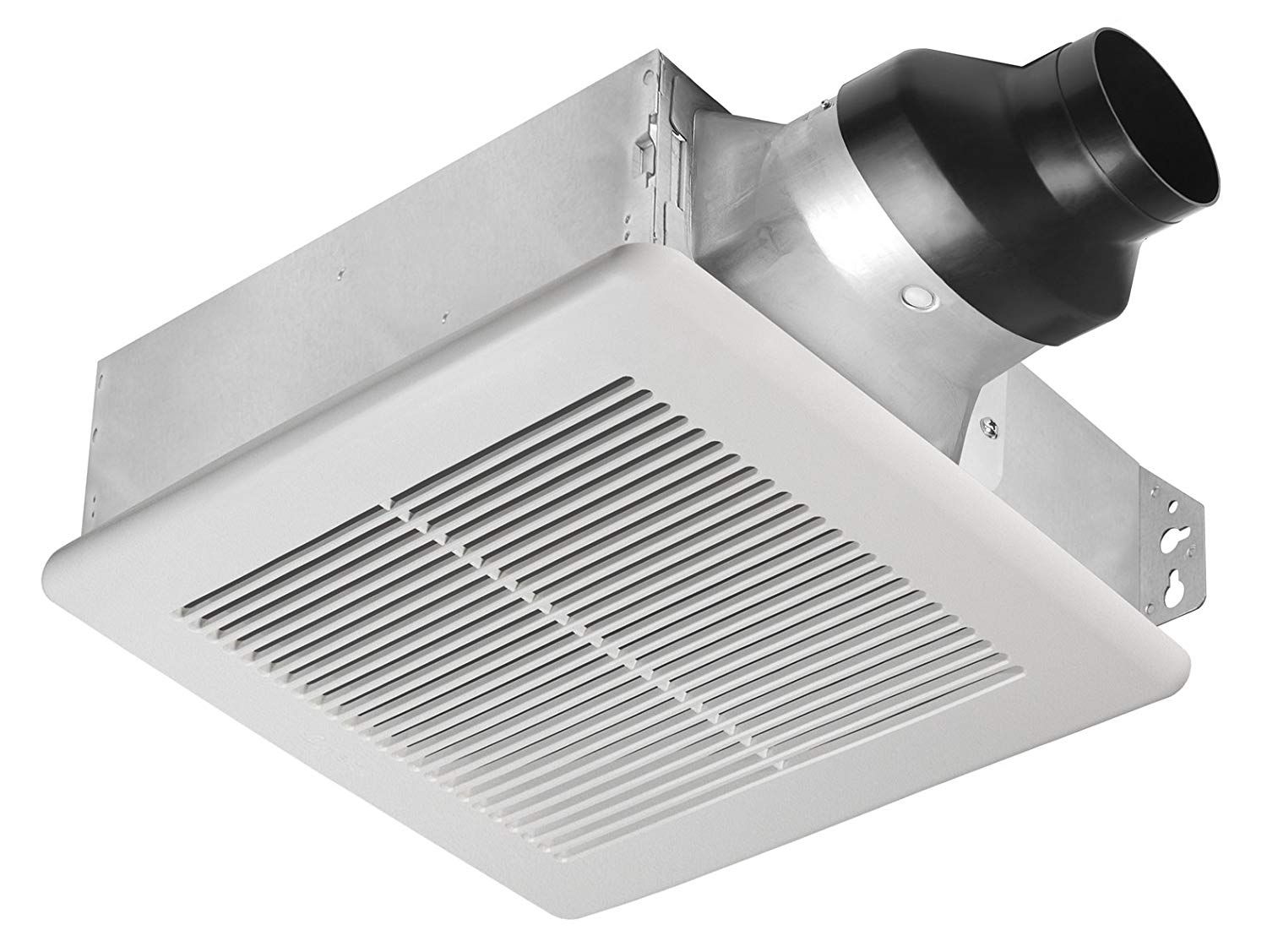
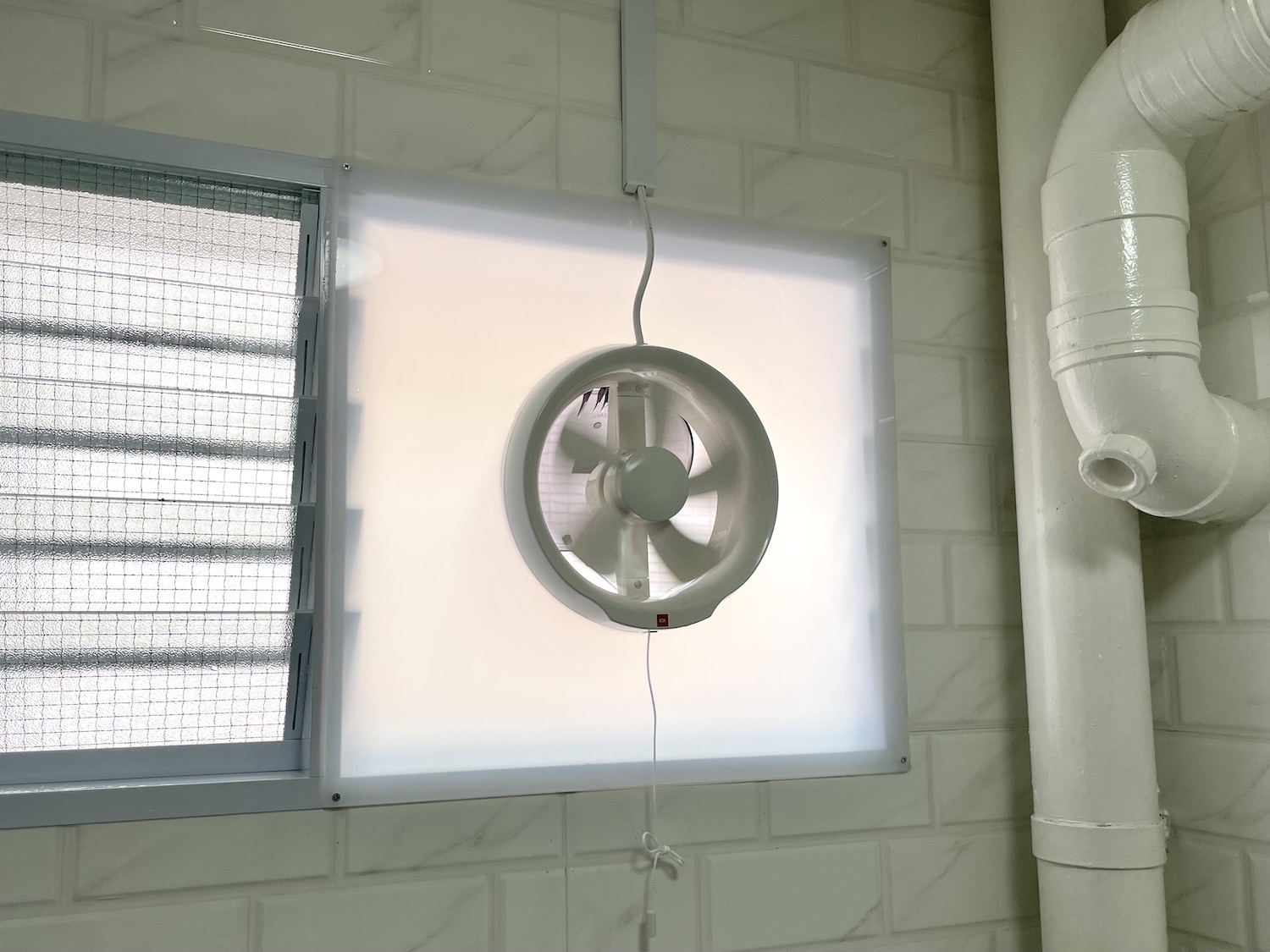
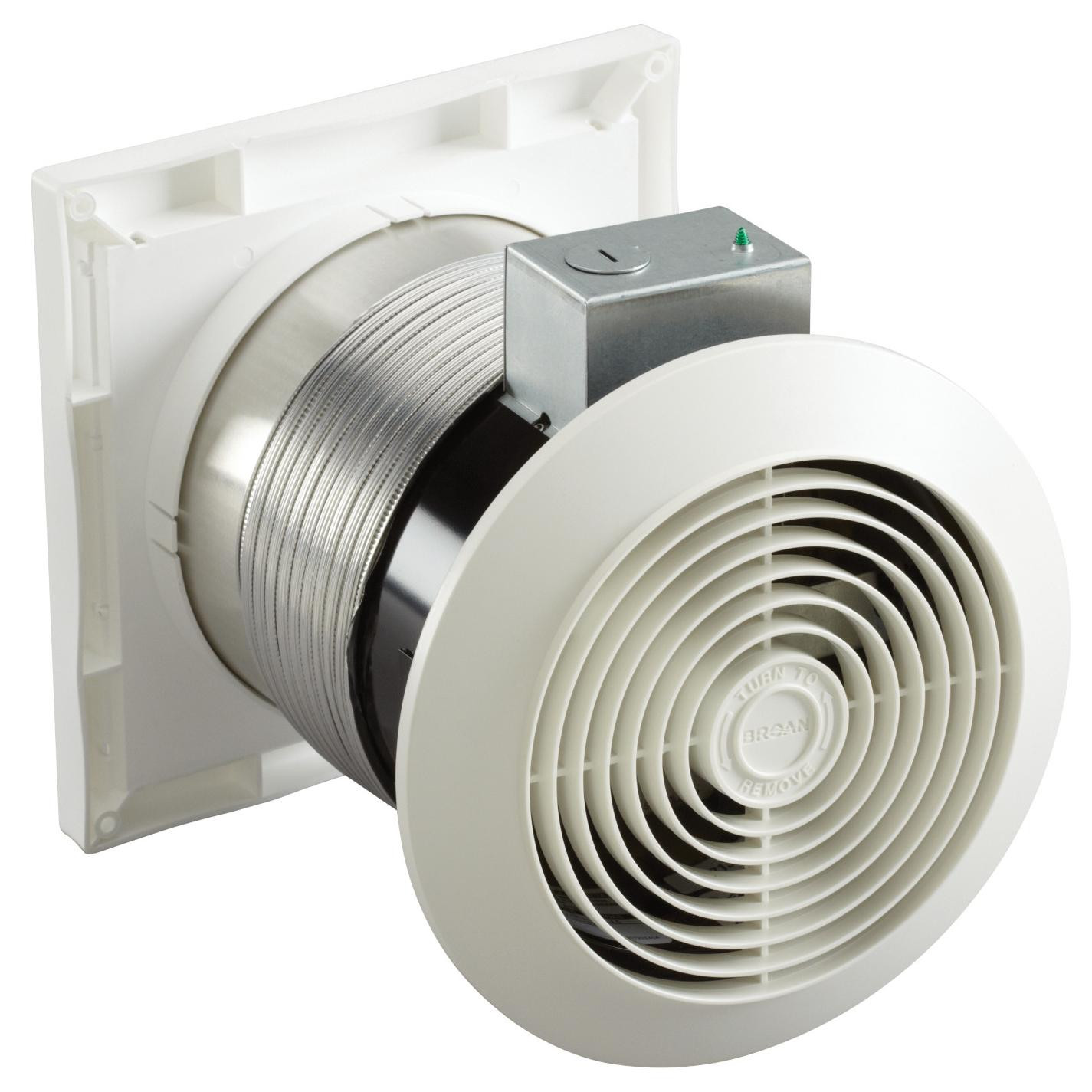
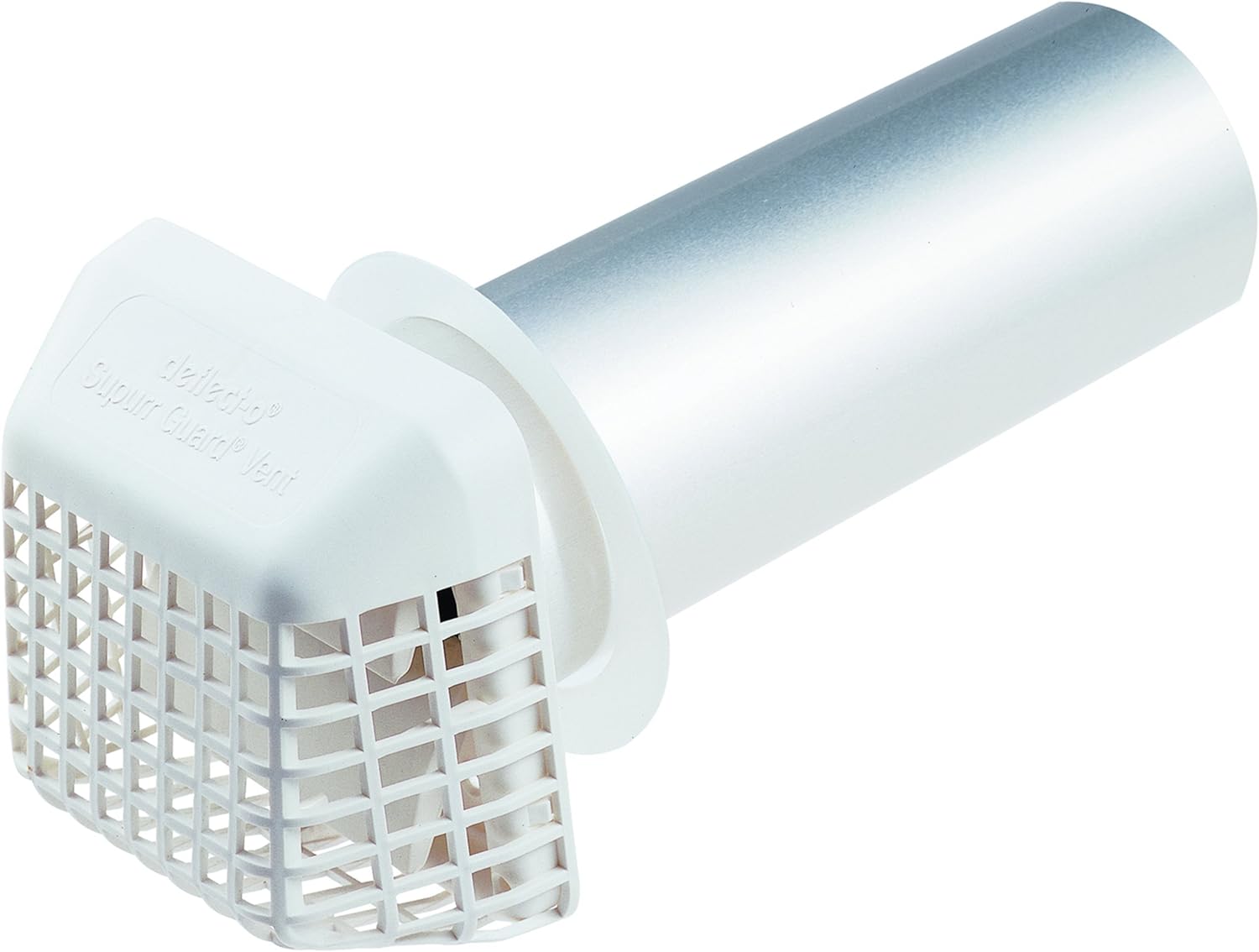
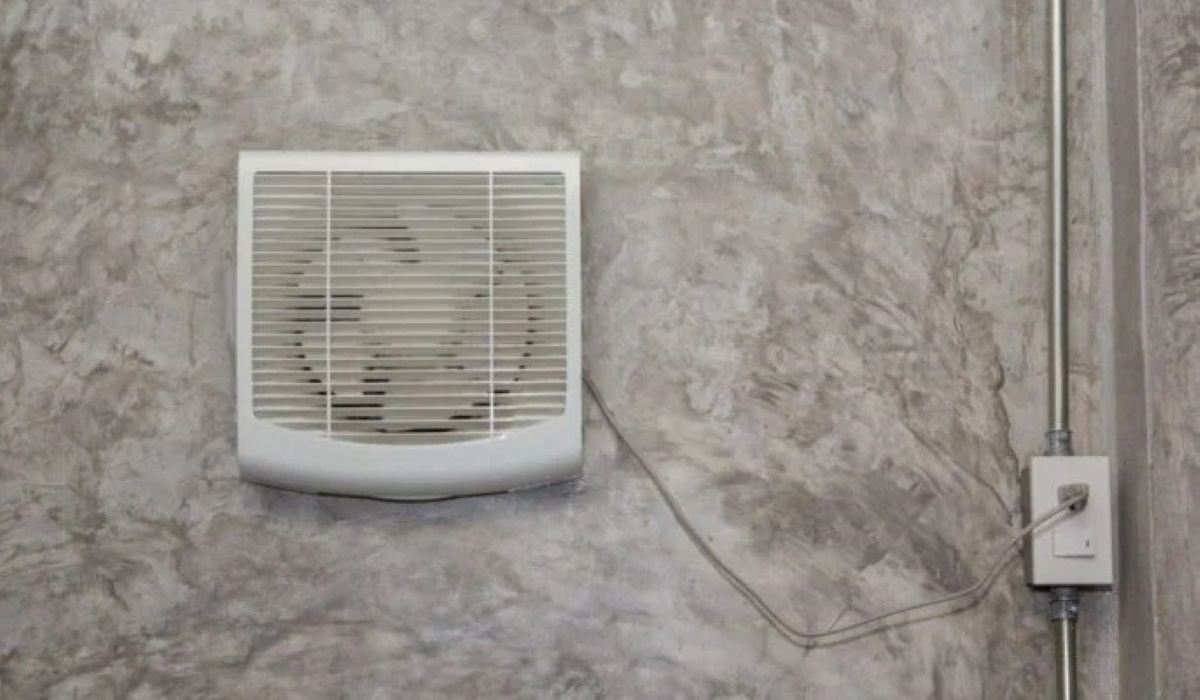
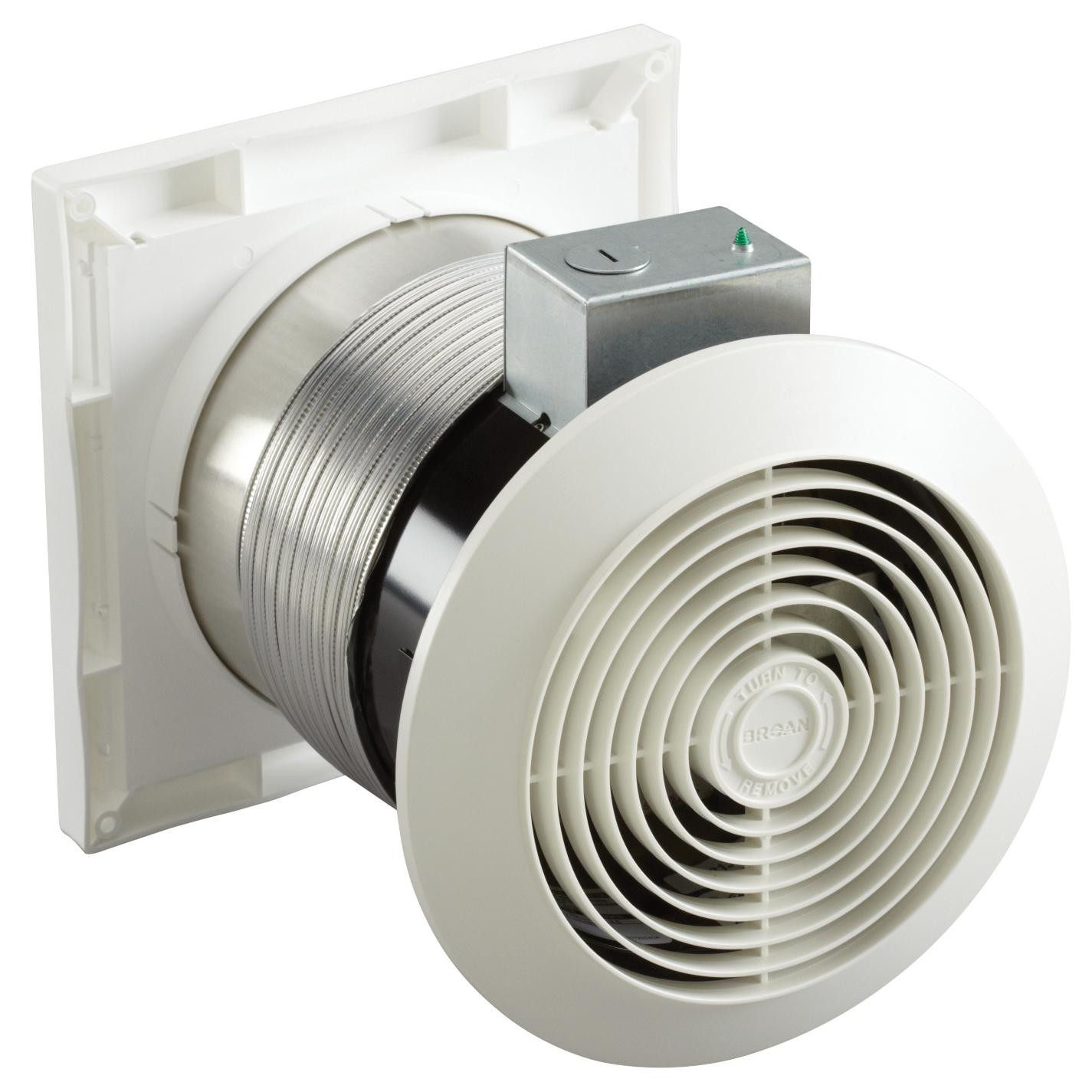

0 thoughts on “How To Size An Exhaust Fan”